Thickening salsa is all about the process of making salsa less watery and more solid. The procedure focuses on altering its texture so it becomes richer and holds together better.
Salsa is a popular Mexican sauce typically made from a mix of tomatoes, onions, and chilies. Originally, the Spanish word “salsa” meant any kind of sauce, but in English, it specifically refers to this flavorful combination.
Salsa is often used with many dishes, usually for tacos and other Mexican dishes, or as a dip for tortilla chips.
To thicken salsa, you can reduce the amount of liquid by cooking it, allowing the excess water to evaporate. Another effective method is to add ingredients as natural thickening agents, such as tomato paste, resulting in a denser and less runny salsa.
The goal is to create a salsa that has a desirable consistency, enhancing its ability to stick to chips or be used as a topping without dripping excessively.
Also, I’ll provide you with tips for storing thickened salsa, along with a few ideas for using the sauce in cooking when it’s watery.

What Are the Common Types of Salsa and Their Thickness?
Salsa has different requirements in terms of consistency depending on its type. For that, let me show you 4 common salsas with various thicknesses:

1. Salsa Fresca

Salsa fresca, or pico de gallo, is made of bigger chunks of vegetables, such as tomatoes, onions, and a little bit of everything else. This is one of the most popular Mexican staples made by mixing vegetables together.
Because of its freshness and dryness, this type of salsa shouldn’t come with a lot of liquid at all.
2. Salsa Roja

Salsa roja is a traditional Mexican red sauce made primarily from tomatoes, onions, garlic, and chilies. It typically has a smooth, moderately thick consistency.
The sauce’s thickness comes from blending the cooked ingredients until they reach a rich, cohesive texture.
3. Salsa Verde
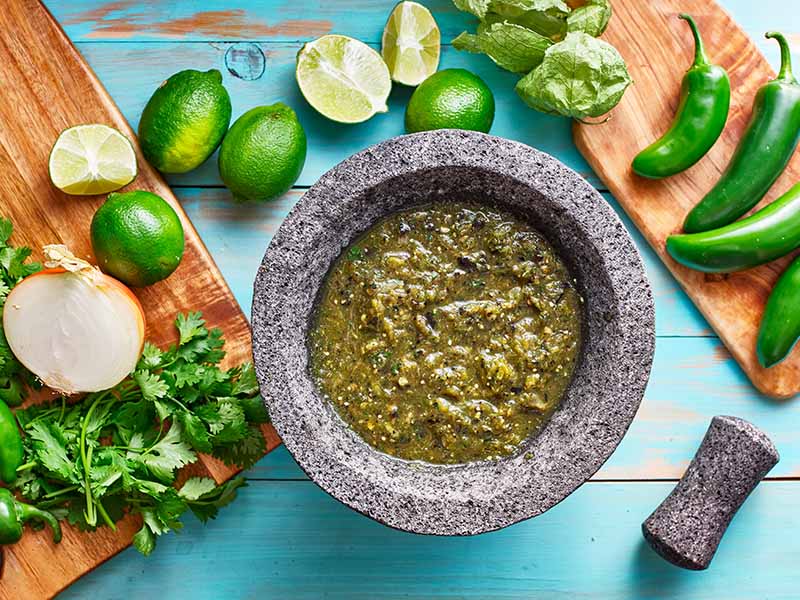
Salsa verde, also known as “green sauce”, is the most watery creation of salsa. It typically has a slightly thinner consistency compared to other salsas, giving it a fresh, tangy flavor that complements a variety of dishes.
The ingredients are usually blended until smooth, but the sauce retains a somewhat watery texture due to the high water content in tomatillos.
4. Commercial-Canned Salsa Dip

Canned salsa is often thick and chunky. This type of salsa is made from a blend of ingredients such as tomatoes, onions, peppers, garlic, and various seasonings.
After knowing a few signature salsa consistencies, don’t miss the common reasons that make it watery in the first place.
What Makes Salsa So Watery?

Salsa can become watery for many reasons. Here are some causes making the sauce watery:
Don’t worry if you end up with watery salsa, as I will show you common ways to tackle this problem and make the sauce thicker.
How to Thicken Salsa?
These are 5 common approaches to making your salsa thicker to your liking:
1. Change Ingredients

You can use Roma tomatoes or similar varieties like San Marzano or Amish Paste, as they have more flesh and less juice. Always choose young, firm, and fresh tomatoes for better consistency.
Alternatively, try roasting your vegetables, including tomatoes, bell peppers, and onions. Roasting reduces their moisture content, sweetens their flavor, and activates natural pectin, which helps thicken the salsa.
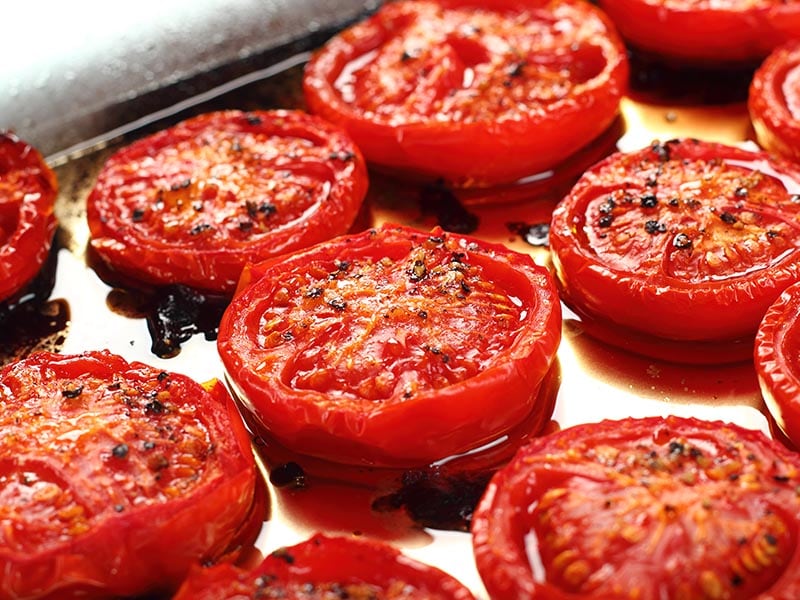
Avoid unripe or overly juicy tomatoes to maintain a thicker texture. By carefully selecting and preparing your ingredients, you can achieve a more robust and less watery salsa.
Try out this recipe and tips on how to make a thick salsa like it’s meant to be.
2. Chopping Ingredients
Overprocessing salsa in a blender instead of chopping can make it watery and runny. While blending is quick, it often leads to overprocessed salsa.
Alternatively, try chopping your ingredients (tomatoes, onions, cilantro) by hand to maintain the desired texture. After chopping, place them on a paper towel to absorb excess water.
Though it requires more effort, hand-chopping results in better consistency. Being patient and meticulous in your preparation can significantly improve your salsa’s texture and flavor.

3. Simmering Salsa

To thicken cooked salsa, simmer it on low heat to reduce excess water. Use a wide, lidless pot to allow moisture to escape, stirring frequently to prevent burning.
Cook until you reach the desired consistency. If it’s still too thin, add tomatillo husks to the pot, which help reduce thickness but also increase acidity.
4. Add Thickening Agents
There are many ingredients that can help enhance the consistency of salsa:

Cornstarch
Cornstarch is one of the most popular thickening agents. Mix cornstarch with equal parts water to create a paste, then add a tablespoon to each cup of salsa and cook on medium heat, stirring regularly. However, excessive cornstarch can be unhealthy and isn’t recommended for stored salsa.
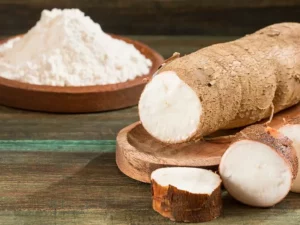
Arrowroot
Arrowroot is a perfect substitute for cornstarch, especially in gluten-free recipes. Follow the same method as cornstarch for thickening salsa, making it suitable for sauces that need to be frozen.

Flaxseeds
Ground flaxseeds are a healthy but less common thickening agent. Combine with water to form a gel-like consistency. This method is effective but may not provide as smooth a texture as other thickening agents.

Tomato Paste
Tomato paste is easily found in supermarkets and quickly thickens salsa. Add carefully and taste regularly, as it can alter the salsa’s flavor and saltiness.
5. Add New Ingredients
You can try adding avocado, mango, pineapple, or cucumber to improve the salsa’s texture:

Avocado
Avocado brings a buttery and smooth texture to the salsa. A well-mashed and ripe avocado mixture can be a perfect alternative to any thickening agents.

Mango or Pineapple
Mango and pineapple add a tropical feel and a sweeter taste to your salsa. These fruits can thicken the salsa and provide a unique flavor, though they may not be ideal for those who dislike sugary sauces.

Cucumber
Cucumber adds freshness and a crunchy, chunky texture to your salsa. It can make the salsa feel cooler and more refreshing, though it might not suit those who prefer fiery, spicy flavors.
After getting to know the intriguing ways to improve salsa thickness, you can try looking into the reasons that make the sauce watery to avoid repeating such mistakes.
How to Store Thickened Salsa?
Once you’ve got your hands on a favorite salsa consistency, try out these storing methods to keep the sauce that way:

Once you’ve got your hands on a favorite salsa consistency, try out these storing methods to keep the sauce that way:
Next, let me guide you through some popular implications of watery salsa sauce in cooking in case you can’t thicken the mixture.
How to Benefit from Watery Salsa?
If you don’t have additional ingredients available or it’s not convenient to thicken salsa as desired, you can absolutely take advantage of watery salsa according to the suggestions below:

Topping for Dishes
Watery salsa can still be an excellent topping for dishes, such as tacos, burritos, nachos, and enchiladas, adding flavor and texture.

Dip for Chips
Despite the watery texture, the salsa still works well as a dip for tortilla chips or fresh vegetables, providing a more liquidy texture.

Sauce for Grilled Meats
Spoon thin, watery salsa over grilled chicken, steak, or fish to enhance the flavor and add a fresh, vibrant element.

Base for Casseroles
Simply dump your watery salsa as a base layer in casseroles, combining it with other ingredients like rice, beans, and cheese for a hearty dish.
FAQs
Bringing It All Together: Perfecting the Thickness of Your Salsa
Tired of watery salsa? Try our methods for better results! Use Roma tomatoes, experiment with cooking methods, or add thickening agents to achieve the perfect salsa. Enjoy the process—cooking should be fun, not stressful!
If you find these tips helpful and make thick, delicious salsa, share them with your friends and family!

How to Thicken Salsa?
Ingredients
- Salsa
Instructions
1. Change Ingredients
- Use Roma tomatoes or similar varieties like San Marzano or Amish Paste.Choose young, firm, and fresh tomatoes.
- Roast vegetables (tomatoes, bell peppers, onions) to reduce moisture.Avoid unripe or overly juicy tomatoes.
2. Chopping Ingredients
- Hand-chop tomatoes, onions, and cilantro instead of using a blender. Place chopped ingredients on paper towels to absorb excess water.
3. Simmering Salsa
- Simmer salsa on low heat in a wide, lidless pot to allow moisture to escape.Stir frequently and cook until desired consistency is achieved.Add tomatillo husks to reduce thickness if necessary.
4. Add Thickening Agents
- Cornstarch: Mix with water to create a paste, then add to salsa and cook.
- Arrowroot: Use similarly to cornstarch, ideal for gluten-free recipes.
- Flaxseeds: Combine with water to form a gel, though it may not be as smooth.
- Tomato Paste: Add carefully to avoid altering flavor and saltiness.





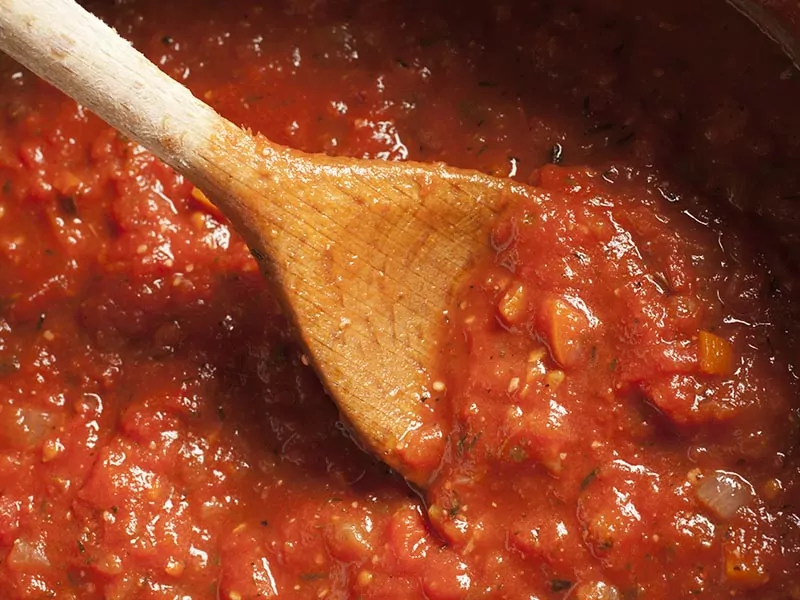


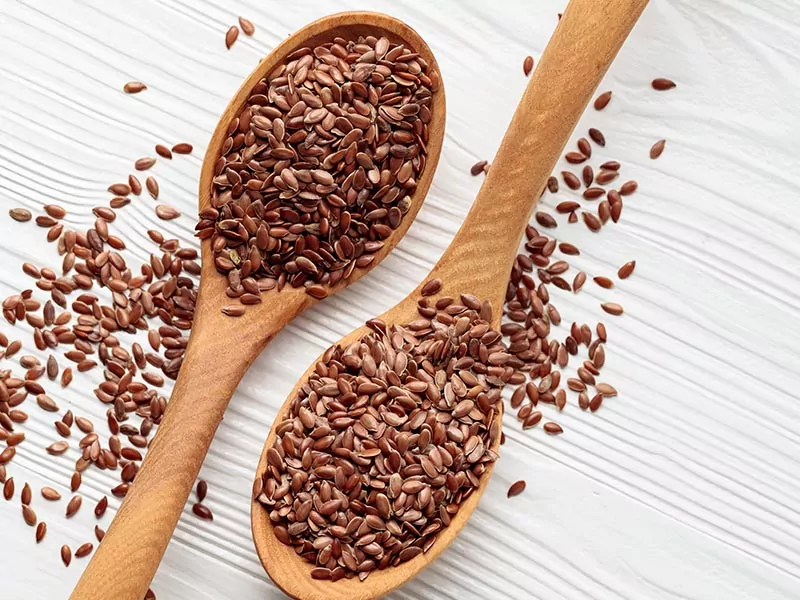





Olena Medvedieva
Content Writer
Expertise
Content Writer, Meal Planning, Recipe Development, Food Editor, Cooking-video Maker, Culinary Storytelling, Food Photographer, Food Stylist, Chef
Education
Taras Shevchenko National University of Kyiv, Ukraine
Introducing Olena, a culinary enthusiast from Ukraine, whose journey from philology studies to the world of food photography and styling is nothing short of inspiring. With a deep-seated love for both cooking and capturing stunning visuals, Olena’s work reflects her passion for culinary arts and her commitment to showcasing the beauty of Ukrainian cuisine. Her expertise extends beyond the kitchen, as she combines her creative talents to produce captivating images that grace numerous online platforms and publications.